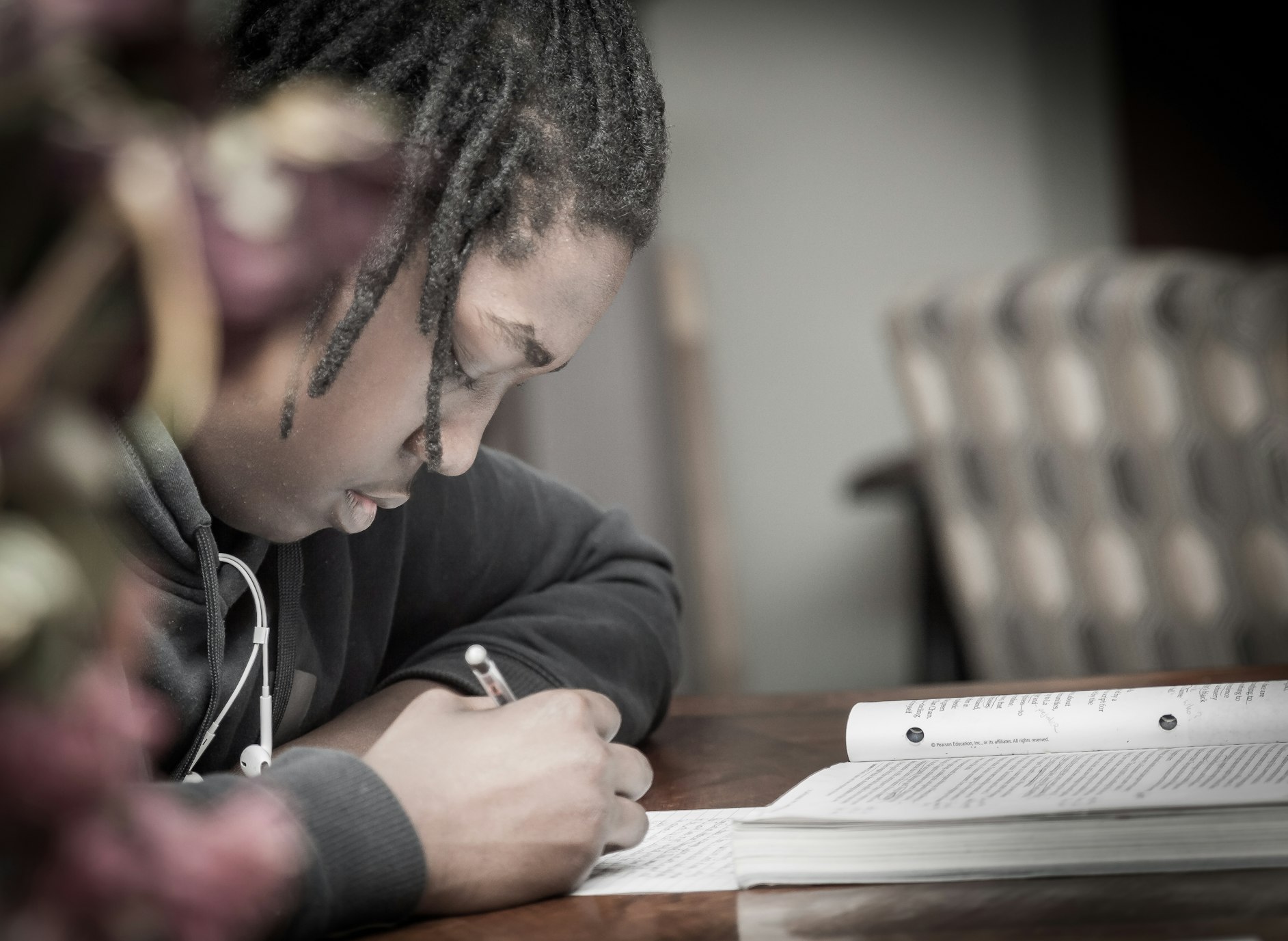

It is show time. You have a quiz, test, or exam.
You have studied (good), perhaps crammed (bad), did an all-nighter (very bad), and have poured many cups of caffeine into your blood system (out of your mind levels). If you crammed, did an all-nighter, and drank lots of espresso, you are likely to be less successful.
You take a deep breath and when the instructor or exam proctor says start, your heart misses a beat, pulse starts to race, and you turn the booklet over or turn to the first page. What do you do?

You know the start, end times - so use them to help plan. For example, we will assume that the test is 60 minutes. Allow 5 minutes at the start to read (scan) and do some planning. Allow 5 minutes at the end as a pure buffer - the OMG buffer. Take another 5 minutes off the clock - this is the planned buffer. After you do the math, you really only have 45 minutes for the test. You do this math before the test starts. You may or may not know the number of ‘marks’ that will be used in the assessment, if you do, you can figure out the # of minutes per mark to use. If you do not know in advance, you do this asap at test time. This is important. You need to know how much to invest in each question.
In the 5 minutes at the start, you scan/read the test - all questions, all words (learn how to read fast and with a purpose). You are getting a feel for the exam - where the marks are, if there is a swamp (messy, muddy, sticky stuff with alligators), what types of questions are there, what types of topics, and get a feel for what you expect you can do. Not what you hope you can do, but what you expect you can do.

In the same 5 minutes, you figure out what question to start with, etc. - you plan out the questions and order you will do them in.
The order will possibly be different for each student. Some students like to get a quick, easy one out of the way, to gain some confidence. Others like to keep those in the back pocket to regain confidence midway through.
Perhaps it is wise to do one, and keep the others in reserve; do not burn all at once.
So, you now have a plan and if you did the math, a planned time for each question.
The time for each question includes READING the question and decoding it - what is being asked, what are you expected to do, etc.
One mature student once put RTQ and ATQ on the top of each page. I figured out the RTQ (read the question) and ATQ (answer the question). He used these to remind himself of past mistakes.
Now is the time to use your planning and thinking skills.
If the question marking implies that you should spend say 18 minutes on it, you consciously check at 6 minutes - I am 1/3 through my time, do I feel like I am 1/3 along the way? I am serious - 1/3 - not 1/2 or 3/4. If you are not 1/3 happy, move to the next question.
If you keep going, ask again at 1/2 and 2/3 time points. Stop wasting time on the question if it does not make sense! If the question is only worth a few marks, don’t worry. I am talking about the big ones.

Writing tests is a skill that is developed through university. Use these tips as a start,you will eventually figure out what strategies work best for you.